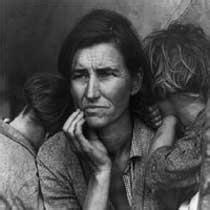Heart failure occurs when the heart muscle is weakened and cannot pump enough to meet the body’s needs for blood and oxygen. According to the American Heart Association more than 5 million in the U.S. are currently living with some form of heart failure. It is also the most common reason for older adult to go to the hospital. Check out our tips to learn more about this disease:
1.Types of Heart Failure
Left-sided heart failure occurs when the left side of the heart must work harder to pump the necessary amount of blood.
Systolic failure is when the heart does not provide enough force to push enough blood into circulation.
Diastolic failure is when the heart can’t fill properly with the necessary amount of blood in between beats.
Right-sided heart failure happens when the right ventricle can’t pump blood out of the heart efficiently. As a result the blood backs up in the veins and that can cause swelling or congestion in the legs, ankles or abdomen.
Congestive heart failure requires medical attention. Blood flow slows, and blood returning to the heart backs up, causing congestion. Swelling is common.
2.Conditions That Can Lead to Heart Failure
Some of the most common causes include:
(1)Coronary artery disease
(2)Past heart attacks
(3)High blood pressure
(4)Abnormal heart valves
(5)Heart muscle disease or inflammation
(6)Heart defects present at birth
(7)Sleep apnea
(8)Obesity
(9)Severe lung disease
(10)Diabetes
3.Common Symptoms of Heart Failure
(1)Irregular or rapid heart beat
(2)Shortness of breath
(3)Persistent cough or wheezing (possibly accompanied by white or blood-tingled phlegm)
(4)Increased or decreased urination
(5)Fatigue & weakness
(6)Rapid weight gain
(7)Swelling (edema) of the ankles and feet
